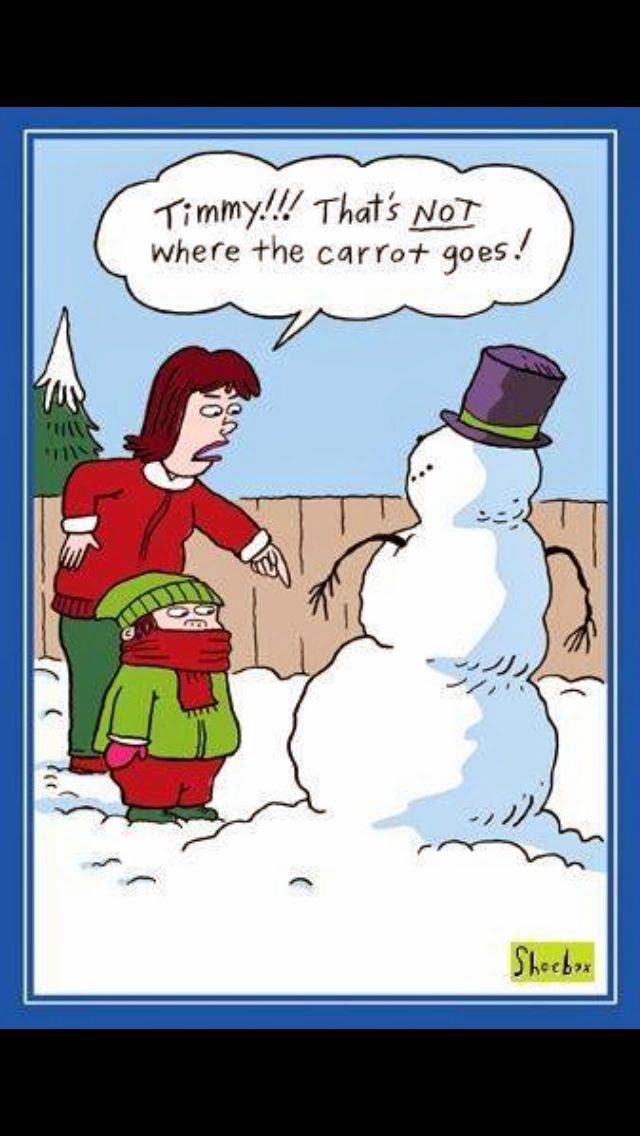As I was saving
this article, my computer flashed “Compatibility Check Recommended” – Huh? So I said to my computer, “I love you and
want to spend my life with you.” And the warning went away and we’re
reconciled.
This reminded me
of other odd things:
I still get
squeamish when I accidently cut an earthworm in half. Do they really become two worms or is it
something we were told as kids so we wouldn’t feel like a killer.
Why does our
mouth open when we look up after someone says, “Look at that bird.”
I’m still
tempted to put in my pocket and take home every pretty little rock.
Gravitational
forces pull harder when there’s a sign saying, “Keep off the grass.”
The next
generation will always make fun of the previous generation’s recipes, fashion,
hairstyles, and methods. Two generations
from now they will do it all over again and call it new.
I can walk
through a robber baron’s garden and faintly feel someone needs to bring me an
iced tea on a silver platter.
A dog’s sense of
smell is 100,000 times stronger than a human’s.
I’m counting that as one of my blessings.
No one who’s
gone swimming in a farm pond comes out singing, “It’s a treat to beat your feet
on the Mississippi mud.”
Why do we do 500
things, spend $500, read 500 books to plant a garden when the wind can
successfully sow seeds on a roadside with abandon?
Never trust a
visitor to your garden who demands to know the Latin names of plants.
To truly love
something in the yard, we usually attribute human characteristic first: That tree stands like a soldier. Doesn’t that flower have a pretty face?
If vegetables
tasted like bacon, we’d be a healthier human population.
The Midwest
would never accept negative nutritional data about sweet corn and fresh
tomatoes. Sorry, they’re perfect –
period and the end of conversation.
A flower picked
from your garden by a grandchild is more valuable than a FTD upgraded bouquet
any day.
Half an insect
on your picnic plate will make even the most macho guy gag a little.
I was happier
before I heard the words: pollution,
environmentally friendly, acid rain, additives, enhanced, EPA, FDA and Al Gore. I’m not saying the knowledge is wrong, but
ignorance was bliss.
That moment
three seconds after you pull a weed and realize it was actually a young
perennial.
Why when your
systematically spraying for weeds do you always hit a valued plant ten seconds
before you’re done?
It will only hail on plants when they have
reached that perfect stage.
If the advertisement for a newly developed
plant says it cannot be killed, it will never live in my garden.
Whether orange
is beautiful is in the eye of the beholder.
Birds have
pecking order down pat.
The third time
you replant your garden, bunnies are no longer cute.
Bending to pull
just one weed and twelve weeds later you remember you had a manicure yesterday.
Buying a
wonderfully fabulous new plant only to realize you’ve killed the same plant
three years in a row.
That immediate
bond the moment you realize a new acquaintance loves gardening as much as you.
Peeling off
muddy clothes, taking a hot shower and realizing any day in the garden is
pretty much perfection.
.
.JPG)
.JPG)



























.jpg)

.JPG)





